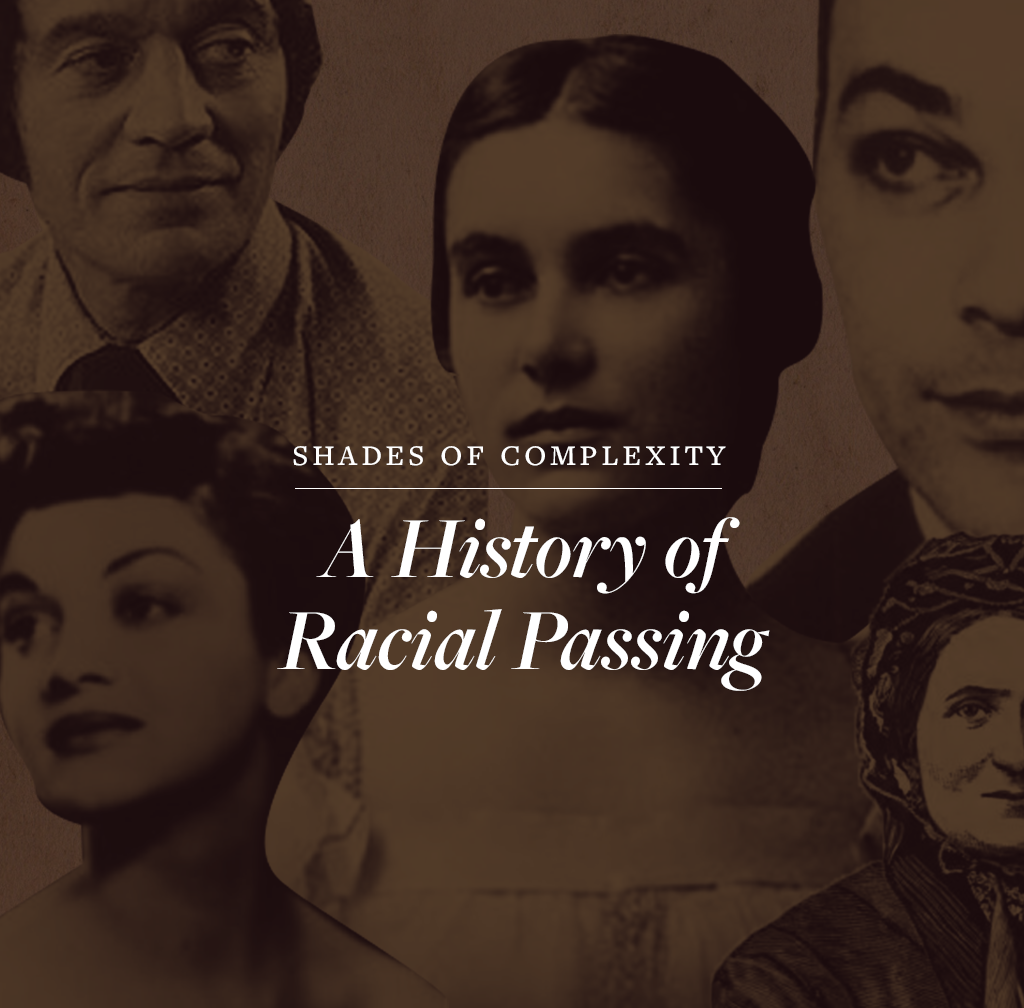Shades of Complexity: A History of Racial PassingPosted in Articles, History, Media Archive, Passing, United States on 2018-01-25 03:54Z by Steven |
Shades of Complexity: A History of Racial Passing
Literature and Digital Diversity
Department of English
Northeastern University, Boston, Massachusetts
2017-12-11
Elizabeth Maddock Dillon, Professor of English
Sarah Connell, Assistant Director, Women Writers Project
This archival exhibit was created by Vanessa Gregorchik in Literature and Digital Diversity, fall 2017.
Introduction
On the surface, race appears as a simple category to quantify—the color of one’s skin, the box one circles on the census, even the percentage that appears on an at-home DNA testing kit. But the reality of one’s racial identity is hardly objective. This archive outlines the stories of individuals who chose to “pass” as a different race, or as a portion of their racial background, often in pursuit of societal advancement that their given race prevented them from obtaining. The decision to accept or deny any aspect of one’s identity is a complex and difficult decision, and this collection aims to educate the public on those challenges and intricacies faced by those of multiracial backgrounds in both the era of segregation and today.
Organization
This archive is structured around the environments and dominant factors in each individual’s decision to pass—including emancipation, education, and employment. This division is not intended to claim that these are the sole or even intentional reasons to racially pass, but rather to thematically organize stories that share similar domains. To best tell the narrative of both the individuals and the broader social climate they lived in, I collected individual and family portraits, illustrations, and newspaper clippings. I aimed to represent both the singular person and the communities they were joining or leaving…
Read this entire digital archive here.










